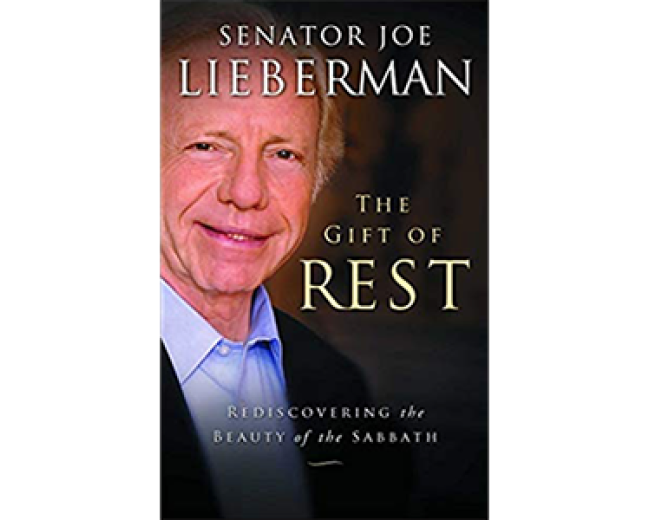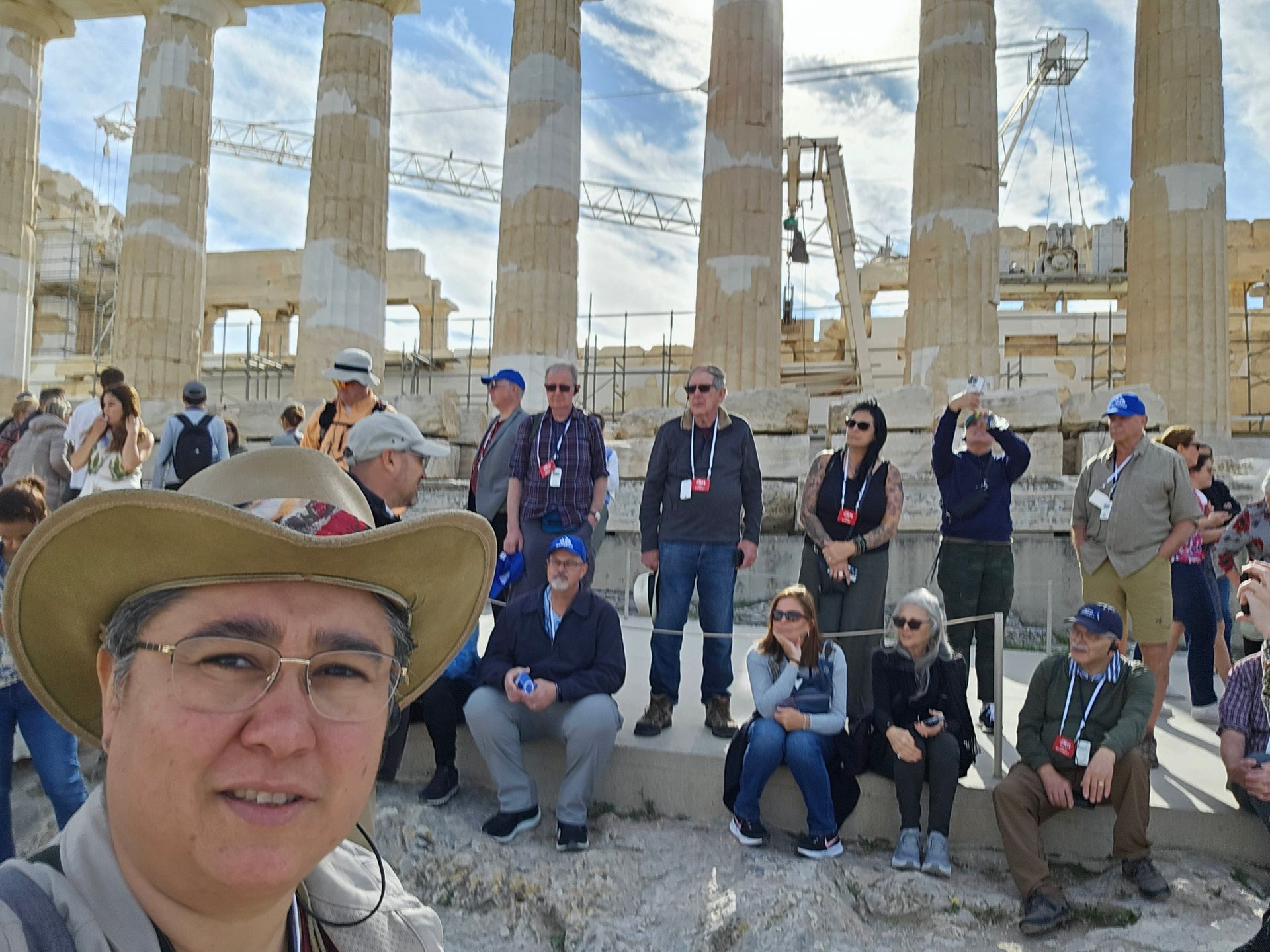Being a US senator, it was not always easy to take 24+ hours of rest out of his week. While emphasizing that it takes a level of discipline to set down all the electronic equipment that has become part of the lives of modern, western folks, the rewards far outweigh the sacrifices.
Lieberman tells personal stories of having to work late at the Capitol on Friday evenings when crucial votes were being taken and walking (sometimes in rain or snow) with his security men back to his D.C. home since driving would not be permitted after sundown. He takes his readers through the details of how he and his wife Hadassah and their family celebrate this sacred day – from Erev Shabbat dinner on Friday night through each synagogue service, the prayers and reading of Torah in community and fellowship with their Jewish friends.
Along the way, he shares stories of political campaigns, especially when he ran for Vice-President in 2000 on the Al Gore ticket, which included many weekend speaking events. Torah makes room for life, he writes, and he often consulted with his rabbis about such Sabbath activities.
He makes it clear that a Sabbath rest of one day out of the seven is not only based on God’s creation in six days after which He rested, but that ceasing from all regular activity on the seventh day has profound benefits. Among those benefits he includes health, relationships and even career advancement for people of all religions.
Each chapter ends with practical suggestions on how we overactive humans can begin to implement levels of rest such as turning off the television set and unplugging from computers and smart phones. Our bodies, minds and souls were created to rest regularly. Above all, Lieberman tells of how this special day aids his relationship with God – making time to read the Bible, worshipping in synagogue with others and hearing Torah read. Such a day gives time to also reconnect at the heart level with spouse, children and friends, usually over a meal or two during the Shabbat hours. The footnotes point to some of Lieberman’s favorite writers on the subject such as one of my favorites, The Sabbath
, by Rabbi Abraham Joshua Heschel.
I am glad that this public servant took time to write this book to encourage his readers of all or no faith to obey God’s word and keep the Sabbath. It is a great aid for non-Jewish readers to come to learn and appreciate what Sabbath observation looks like in an observant Jewish family and how it blesses them week to week.
by Joseph Lieberman, with David Klinghoffer (New York: Howard Books, 2011)







